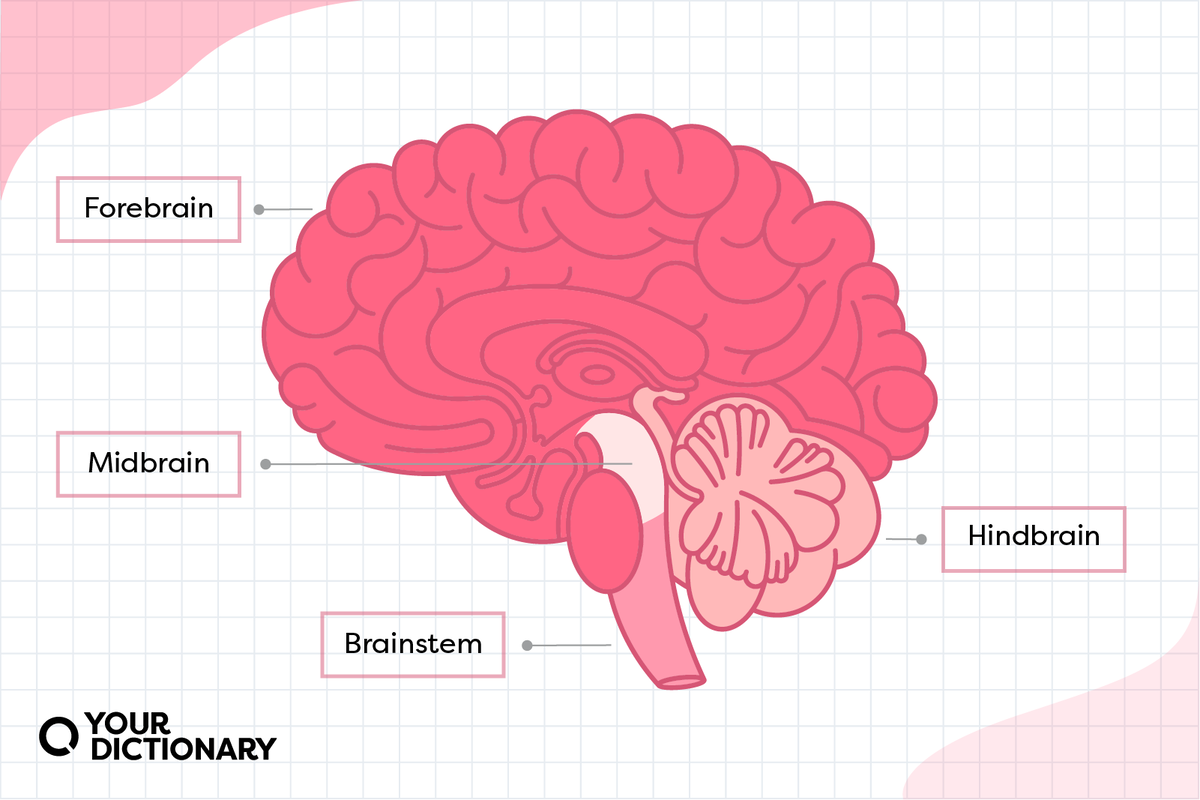Which Of The Following Is Not Part Of The Brain

The human brain, a universe contained within our skulls, remains one of the most complex and fascinating subjects of scientific inquiry. Misconceptions about its structure and function are surprisingly common, even as neuroscience advances at an unprecedented pace. A clear understanding of what *is* and *is not* part of the brain is crucial for appreciating its capabilities and addressing neurological disorders effectively.
This article aims to clarify the key components of the brain and dispel common misconceptions. It focuses on definitively answering the question: "Which of the following is *not* part of the brain?" while providing a broader overview of neuroanatomy. We will explore the major brain regions, their functions, and highlight structures often mistakenly associated with the brain itself.
The Major Players: What *Is* Part of the Brain?
The brain is generally divided into three major parts: the cerebrum, the cerebellum, and the brainstem. Each section plays a vital role in controlling various bodily functions and cognitive processes.
The Cerebrum: The Seat of Cognition
The cerebrum is the largest part of the brain, responsible for higher-level functions such as thought, language, memory, and voluntary movement. It's divided into two hemispheres, each further divided into four lobes: frontal, parietal, temporal, and occipital.
The frontal lobe is involved in planning, decision-making, and personality. The parietal lobe processes sensory information, while the temporal lobe is crucial for auditory processing and memory. Finally, the occipital lobe is dedicated to visual processing.
The Cerebellum: Balance and Coordination
Located at the back of the brain, the cerebellum primarily controls balance, coordination, and fine motor skills. Though smaller than the cerebrum, it contains a significant number of neurons and plays a vital role in motor learning.
Damage to the cerebellum can lead to difficulties with movement and coordination. This highlights its importance in everyday activities.
The Brainstem: The Life Support System
Connecting the brain to the spinal cord, the brainstem controls essential functions such as breathing, heart rate, and blood pressure. It consists of three main parts: the midbrain, the pons, and the medulla oblongata.
The brainstem is critical for survival. Damage can be life-threatening, underscoring its importance.
Common Misconceptions: What's *Not* Part of the Brain?
While the brain is a complex structure, certain anatomical elements are often mistakenly identified as being part of the brain itself. This confusion can arise from their proximity to the brain, their functional connection, or simply a lack of precise anatomical knowledge.
The Spinal Cord: The Highway to the Brain
The spinal cord is a long, cylindrical bundle of nerve fibers that extends from the brainstem down the back. While it's intimately connected to the brain and transmits signals between the brain and the rest of the body, it is *not* considered part of the brain itself.
The spinal cord serves as the primary pathway for sensory and motor information. It relays information from the brain to the body and vice versa.
The Pituitary Gland: The Master Conductor of Hormones
The pituitary gland, a small gland located at the base of the brain, is often mistakenly considered part of the brain. It is an endocrine gland responsible for producing hormones that regulate various bodily functions.
Although the pituitary gland is controlled by the hypothalamus (a brain structure), it is a distinct gland and not considered part of the brain proper.
The Cranial Nerves: Highways of Sensation and Movement
While the cranial nerves originate from or pass through the brain, they extend to other parts of the body and are not considered part of the brain itself. These nerves control various functions such as vision, hearing, taste, and facial movement.
Damage to cranial nerves can result in specific sensory or motor deficits.
"Understanding the precise anatomy of the brain is crucial for diagnosing and treating neurological disorders," says Dr. Anya Sharma, a neurosurgeon at Massachusetts General Hospital. "Distinguishing between the brain and related structures like the spinal cord and pituitary gland is fundamental."
The Answer and Beyond: A Deeper Understanding
Therefore, if the choices presented were spinal cord, pituitary gland, cranial nerves, and cerebrum, the answer would be either the spinal cord, pituitary gland or cranial nerves. These are crucial structures intricately linked to the brain but distinct from it.
It's essential to move beyond simply identifying what is *not* part of the brain and to cultivate a broader understanding of neuroanatomy. This includes recognizing the interconnectedness of various brain regions and their collaborative roles in supporting cognitive and physical functions.
Looking Ahead: Future Directions in Neuroscience
Our understanding of the brain continues to evolve rapidly thanks to advancements in neuroimaging and research techniques. Future research will undoubtedly shed more light on the intricate workings of the brain and its connections to other systems.
Ultimately, a deeper understanding of brain anatomy and function will pave the way for improved treatments for neurological disorders and a greater appreciation for the marvel that is the human brain. Continuing education and exploration in neuroscience is vital.
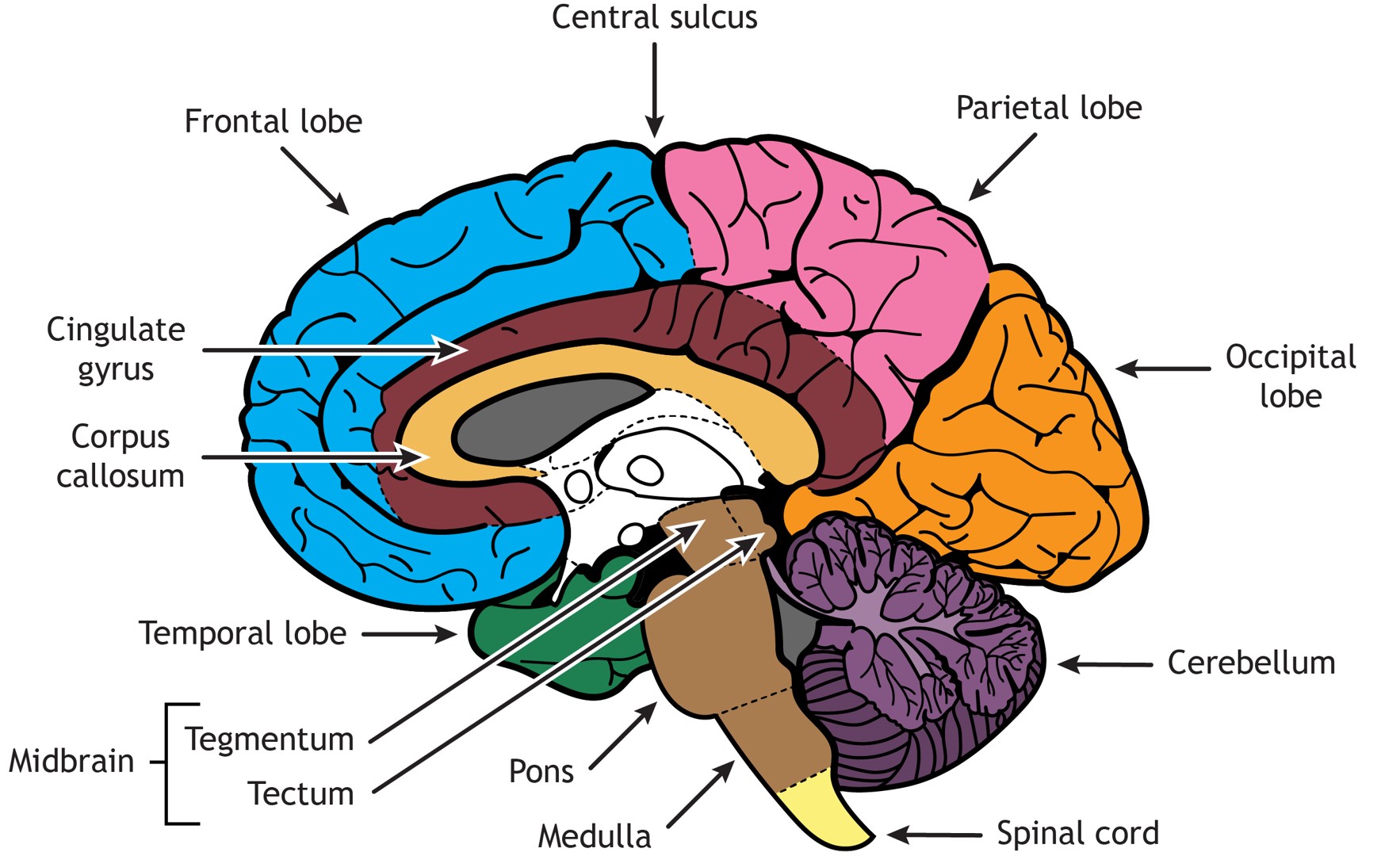
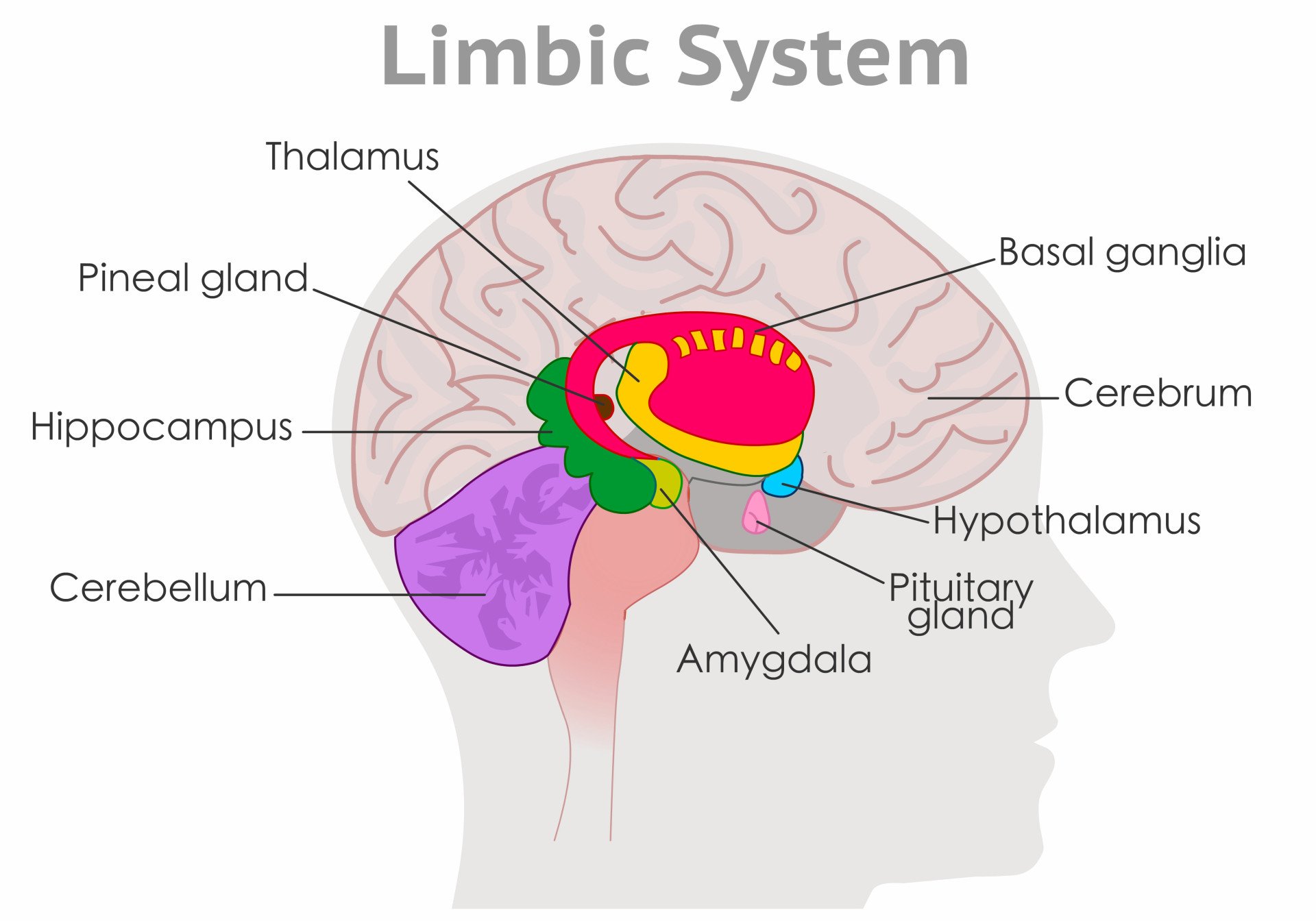




![Which Of The Following Is Not Part Of The Brain [FREE] Drag each label to the correct location on the diagram. Label](https://media.brainly.com/image/rs:fill/w:1080/q:75/plain/https://us-static.z-dn.net/files/daa/0d9a9770ab8f5ac91d904669c188a4c9.png)
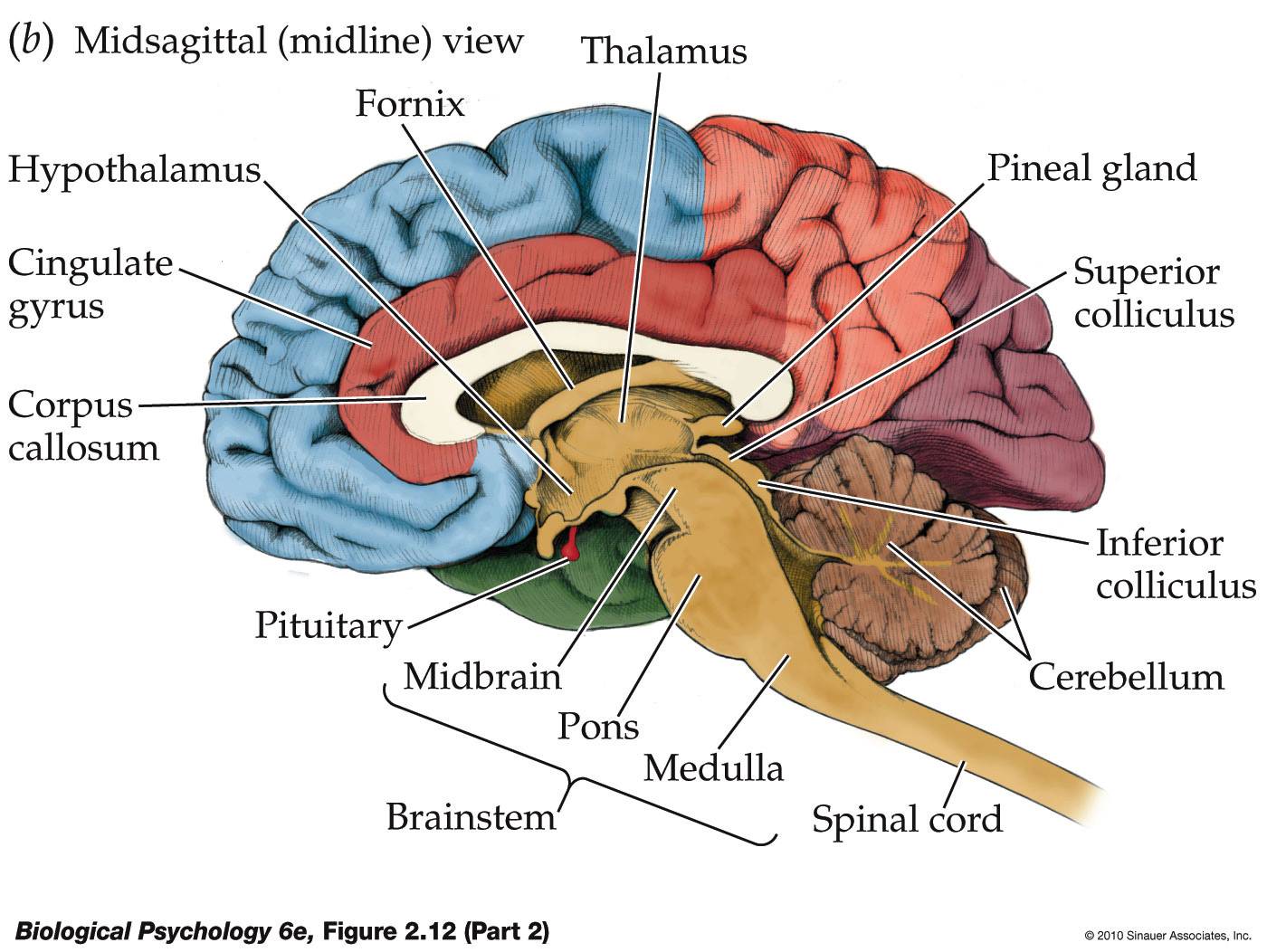




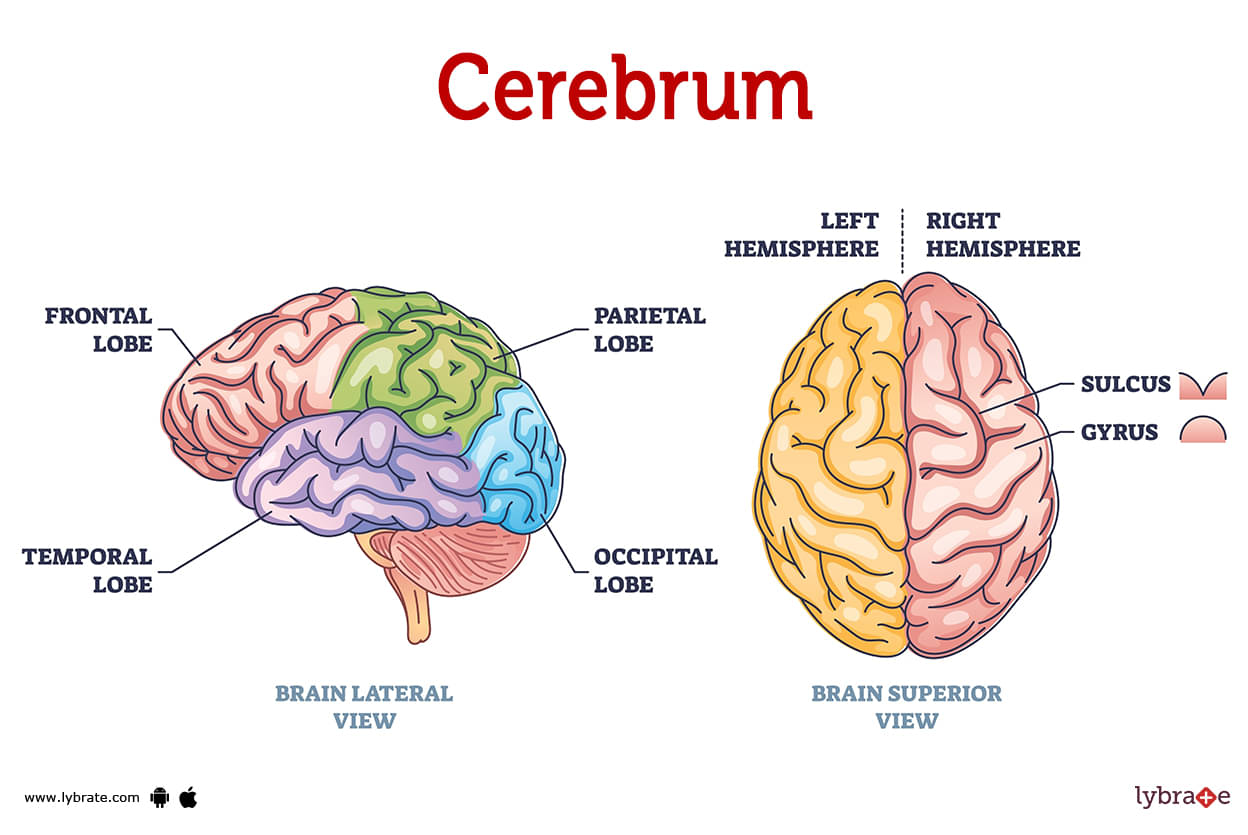
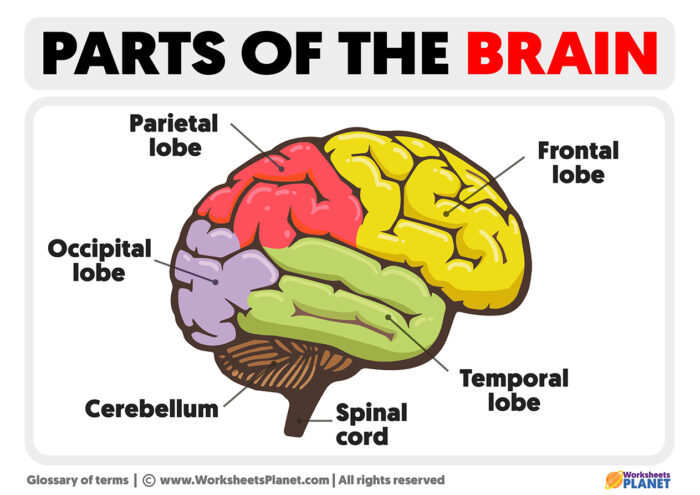

![Which Of The Following Is Not Part Of The Brain [Class 10] Human Brain - Strcture, Major Regions and it's functions](https://d1avenlh0i1xmr.cloudfront.net/9a9bc17f-0fc7-44b8-ae53-6079efba4bdc/forebrain---teachoo.jpg)
